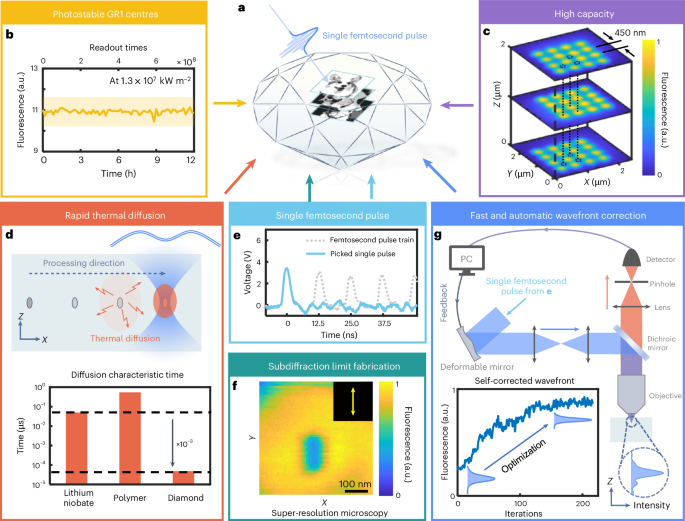
Formance - The Color of Money: Towards a New Data Model for Fintech, Part II
Earlier, we discussed the concept of promises, and how fintechs should see themselves as being in the business of managing warehouses of promises, that is, managing promises between banks and clients on their behalf. But because promises are non-fungible, warehousing will require a new ledger semantics, one that will ultimately make auditing transactions easier and that provides greater protection for customers and other fintechs in the value chain.
In this article, let’s dive into the concept of fungibility, how the concept made its way into modern accounting, how it causes problems for modern ledgering needs, and the first steps we can take to modernize ledgering to account for non-fungible value (like promises).
Most of the time, we think of money as fungible. If I gave you a 5 USD note now, I am happy to accept a different 5 USD note from you later, or even five 1 USD notes. The specific note or combination of notes doesn’t matter to me so long as you repay me 5 USD.
But two 5 USD notes are definitely distinct physical things. At a very basic level, they will have two different serial numbers allowing for easy distinction. More fundamentally, they will be composed of distinct arrangements of cotton and linen cellulose fibers that we could observe under a microscope. Forensic specialists often use these facts about banknotes to assemble money trails that link individuals to crimes. The U.S. Bureau of Engraving & Printing has a very specific understanding of which notes are fungible and which aren’t for the purposes of replacing mutilated currency.

















